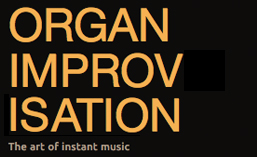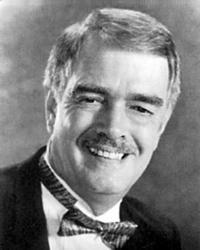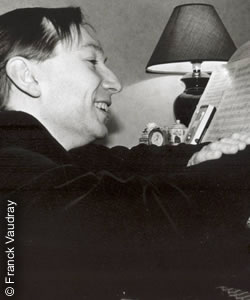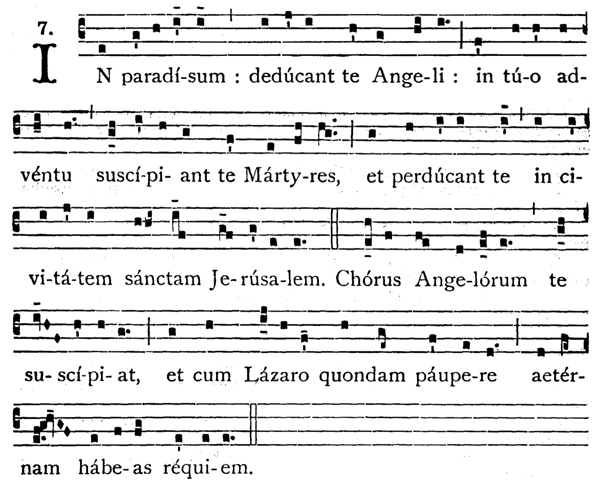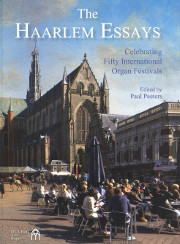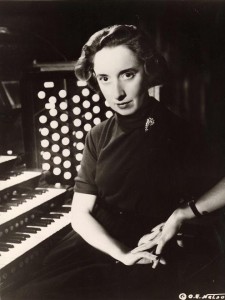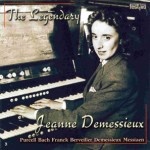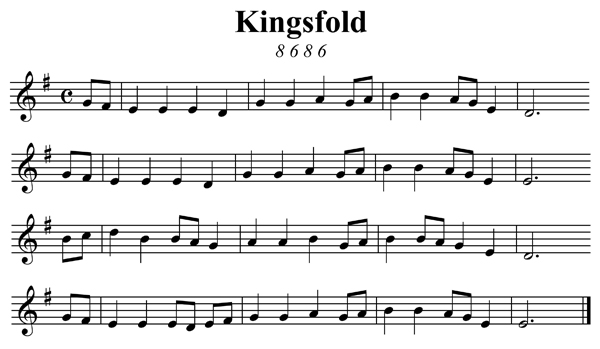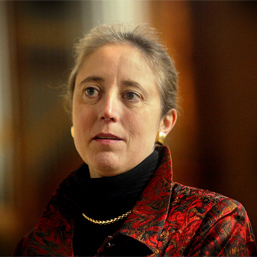Except for the times when I’ve worked with an auditioned choir where the number of members is kept closely balanced, the smallest section of most choirs is usually the group of tenors. The women usually outnumber the men with most of the women opting for the “easy” soprano melody part, unless it gets too high, then they might sing alto. The few men that show up often feel more “manly” singing the low notes, even if in most operas, it’s the tenor that plays the heroic role and saves the day.
Why all the talk about choir membership and stereotypes in an organ improvisation newsletter? Because I suspect when we improvise, we follow the same distribution of thematic material. Most often the theme appears in the soprano or uppermost part that we play. If we play the theme in a lower range, it becomes the bass part. Very often, the middle gets ignored. Think back over the last 25-30 improvisations you’ve done and assign each one a voice part. What would that choir look like? Would it be all sopranos? Would there be a tenor (or bass) present?
Finding the Tenor
If you aren’t used to having a theme in the tenor, then probably the first step would be to engage a soloist: Simply play the theme in the tenor range with the left hand unaccompanied. While the organ may allow you (depending upon its tonal resources) to use a sub-coupler or 16′ stop and play the theme in the tenor range using the right hand, I encourage you to actually use your left hand for the theme. This will engage different brain cells in the activity and may lead to new ideas for accompaniment and/or development of the theme.
After you’ve found your tenor soloist, introduce him to the soprano and the bass soloists. Let them carry on a polite conversation where each one speaks after the other. Don’t let any of them join forces against the other one yet. Keep the conversation civil and focused on the topic. Be sure no one dominates the conversation either.
Let the Tenor Lead
Once the conversation can pass quickly from one soloist to another, then we can work on ways to give the tenor the starring role. Choose a solo stop so that the tenor can sing out above the other voices. If your theme is a hymn like Kingsfold, one of the simplest ways to start is to give the bass a pedal point and have the soprano (or alto) play notes a sixth or tenth above the melody. You can even have the bass change notes at the end of phrases so he doesn’t get too bored. For example:
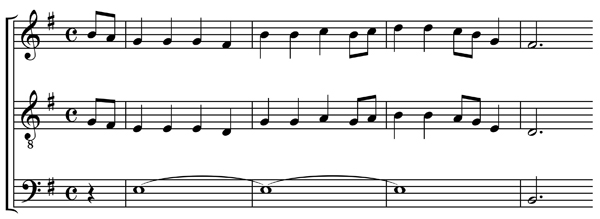
If that seems a little too easy, increase the motion for the soprano and/or bass. You could eventually try a little toccata:
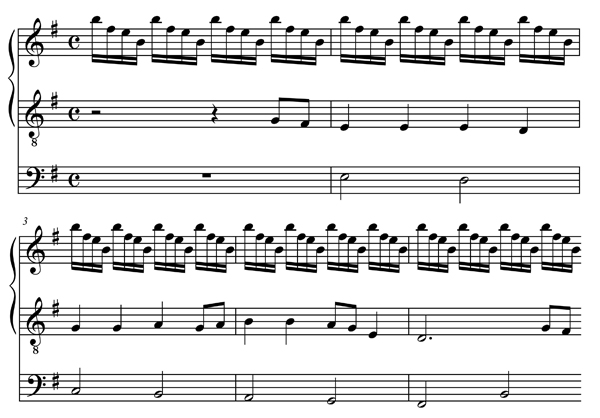
As tenors often have to read the treble clef (and most themes are typically given that way), I used the treble clef for the examples above. If you ignore the octave lower indication, these also happen to work as alto solos….
Nurture the Tenor
No one likes to feel left out of a group, and any time that you are trying to welcome a newcomer to a group, it is very wise to let the person speak up more often. Regardless of whatever form you might be practicing, be sure to include the tenor in the discussion. The more times he gets included in the conversation, even if only briefly, the more comfortable he will feel and the more often he will be willing to chime in with a potentially significant contribution to the piece. Give the tenor some practice time to find his voice so that he can speak with confidence and assurance when the time is ripe for the hero to enter and save the day!
Hoping your improvisations are like a well-balanced choir!
Glenn
Recent additions to organimprovisation.com:
Mode:
Review:
Newsletter Issue 22 – 2014 09 29
See the complete list of past newsletter issues here.
Sign up to receive future issues using the box to the right on this page.
 While the term Locrian mode has been used by several early music theorists, it was first applied to chant in the 18th century. In modern terms, it is most easily described as the scale from B to B using only the white notes of the piano. In order to construct the scale starting on other notes, follow the pattern ascending from tonic: half step – whole step – whole step – half step – whole step – whole step – whole step.
While the term Locrian mode has been used by several early music theorists, it was first applied to chant in the 18th century. In modern terms, it is most easily described as the scale from B to B using only the white notes of the piano. In order to construct the scale starting on other notes, follow the pattern ascending from tonic: half step – whole step – whole step – half step – whole step – whole step – whole step.